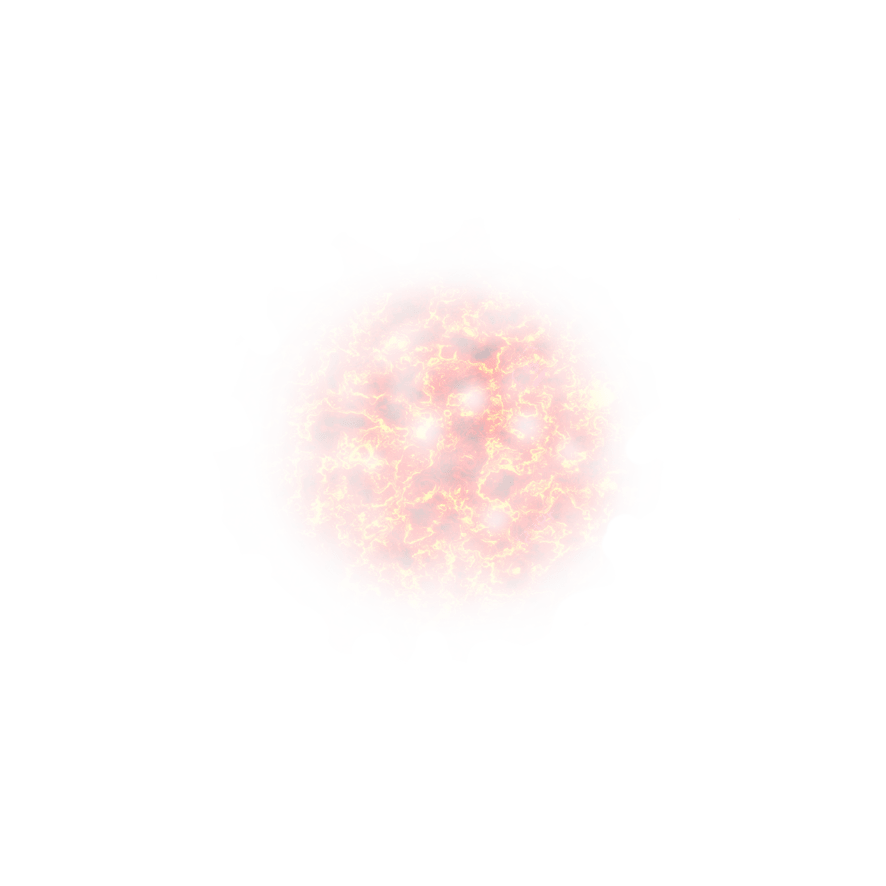The present outbreak of COVID-19 disease, caused by the SARS-CoV-2 virus, has put the planet in quarantine. On January 30, 2020, the World Health Organization (WHO) declared the COVID-19 outbreak a `public health emergency of international concern”, and a pandemic on March 11. Good sources of information are here and here.
By March 25th, Spain has become the fourth country worldwide with more infected people, and the second in deaths by CoVID-19, officially registering over 85 thousand cases from February 27th 2020 up to March 30th.
It is evident that the official counts severely under-report the true number of infected individuals. It is a common feature of epidemiological data, and in this case in particular, since neither individuals with mild symptoms nor asymptomatics are tested under the Spanish protocols due to the shortage of PCR tests.
Members of our team have developed in 2016 a method for analysing under reported data in Fernández-Fontelo, Cabaña, Puig and Moriña (2016) Under‐reported data analysis with INAR‐hidden Markov chains, Statistics in Medicine.
We have shown through simulations that the method allows an accurate estimation of the number of un-registered cases, and in the past we have made several applications in public health confirmed by expert epidemiologists, such as the number of cases of Human Papiloma Virus, botulism and even the number of victims of domestic violence.
We are now using the same methodology, which is briefly summarized in an upcoming report to update the situation concerning COVID-19 frequently, and particularly quantify the potential under-reporting in the official registered cases by region in Spain.
Results herein can help to have a more realistic picture of the pandemic at a real time as well as to more accurately estimate essential measures such as the basic reproduction number or the fatality rate that are used by practitioners and policy makers to take actions. Figure below shows the situation of underreporting in Madrid Community and Catalonia as of March 25th. Table 1 shows the number of observed and estimated cases of the same clinical nature corresponding to March 30th, for all autonomous communities except for Madrid and Catalonia which dates corresponds to March 27th.
The data for the analysis have been extracted from eldiario.es at the beginning of our study, where official data are gathered. Currently we have at our disposal data from the government (ISCIII, Ministerio de Sanidad, Ministerio de Ciencia y Tecnología).
Notice that this analysis can be easily reproduced for other countries.
We collaborate in the project Acción Matemática contra el Coronavirus of Comité Español de Matemáticas

